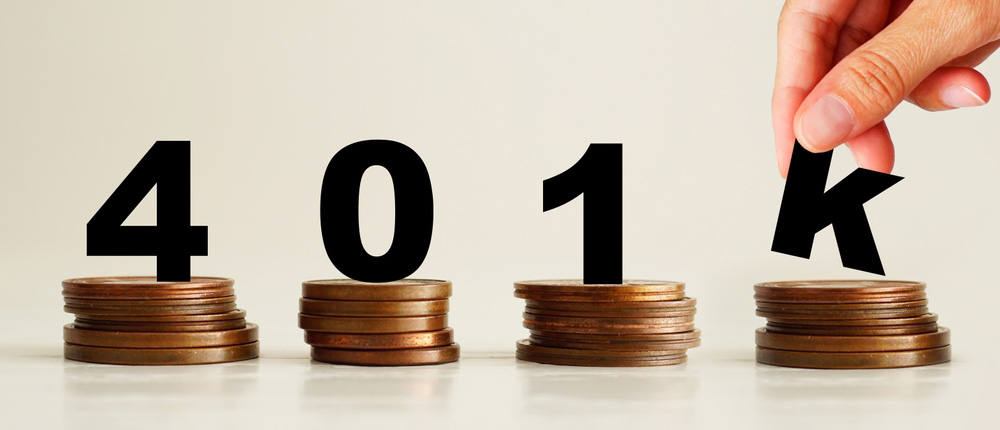
Saving for retirement can feel like a distant concern, especially when you’re juggling monthly bills, student loans, or a mortgage. But in the U.S., where Social Security alone often isn’t enough to sustain a comfortable retirement, it's crucial to start planning early. One of the most effective tools available to American workers is the 401(k) plan—a tax-advantaged retirement savings account offered by many employers.
A 401(k) is a retirement savings plan sponsored by employers that allows employees to contribute a portion of their pre-tax income. That money is then invested in a range of options such as mutual funds, stocks, and bonds. These investments grow tax-deferred, meaning you don’t pay taxes on the earnings until you withdraw the funds in retirement.
There are two main types of 401(k)s: traditional and Roth. With a traditional 401(k), you contribute pre-tax dollars, which lowers your taxable income now but requires you to pay taxes on withdrawals later. A Roth 401(k) is funded with after-tax dollars, so while you don’t get a tax break up front, your withdrawals in retirement are tax-free (as long as certain conditions are met).
One of the biggest perks of a 401(k) is employer matching. Many companies will match your contributions up to a certain percentage—commonly 3% to 6% of your salary. This is essentially free money. For example, if you earn $60,000 a year and contribute 6% ($3,600), and your employer matches 50% of that amount, you’d get an additional $1,800 deposited into your retirement account annually.
Not taking full advantage of an employer match is leaving money on the table. Even if you can’t contribute the maximum allowed, try to at least contribute enough to get the full match.
As of 2025, the IRS allows individuals to contribute up to $23,000 annually to a 401(k). If you’re 50 or older, you can contribute an additional $7,500 in "catch-up" contributions, bringing your total limit to $30,500. These limits are subject to annual inflation adjustments.
Contributions to a traditional 401(k) reduce your taxable income, potentially putting you in a lower tax bracket. This can lead to immediate tax savings and help you keep more of your take-home pay.
One of the most powerful features of a 401(k) is the benefit of compound growth—earning interest on both your initial investment and the interest it already earned. Over time, this can dramatically increase your retirement savings.
For instance, if you start contributing $500 a month at age 25 and your investments earn an average annual return of 7%, you could have over $1 million saved by age 65. The earlier you start, the more time compound interest has to work in your favor.
If you change jobs, your 401(k) doesn’t disappear. You can usually roll it over into your new employer’s plan or into an individual retirement account (IRA) without incurring taxes or penalties. This portability makes it easier to stay on track with your retirement goals even as your career evolves.
Some plans also allow for loans or hardship withdrawals, though these come with rules and potential penalties. Ideally, a 401(k) should be left untouched until retirement, but the option is there in case of emergency.
You can begin withdrawing from your 401(k) without penalty starting at age 59½. Withdrawals before this age typically incur a 10% early withdrawal penalty, plus income taxes. Once you reach age 73 (as of current IRS rules), you must begin taking required minimum distributions (RMDs) each year from your traditional 401(k).
Roth 401(k)s are not subject to RMDs while the account holder is alive, making them an attractive option for those looking to manage taxes in retirement.
Many Americans put off retirement planning, but the cost of waiting can be high. Every year you delay saving means you’ll need to save more later to catch up. Plus, you miss out on years of compound growth.
Even small contributions can add up over time. Starting with 3% of your salary and gradually increasing your contribution by 1% each year can make a huge difference by the time you retire.
A 401(k) is one of the most powerful tools available for retirement savings in the United States. With tax advantages, employer matching, and the benefits of compound growth, it offers a solid foundation for financial security in your later years.
The key is to start early, contribute consistently, and take full advantage of any employer match. Whether retirement is decades away or just around the corner, making your 401(k) a priority today can lead to a more comfortable, less stressful future.